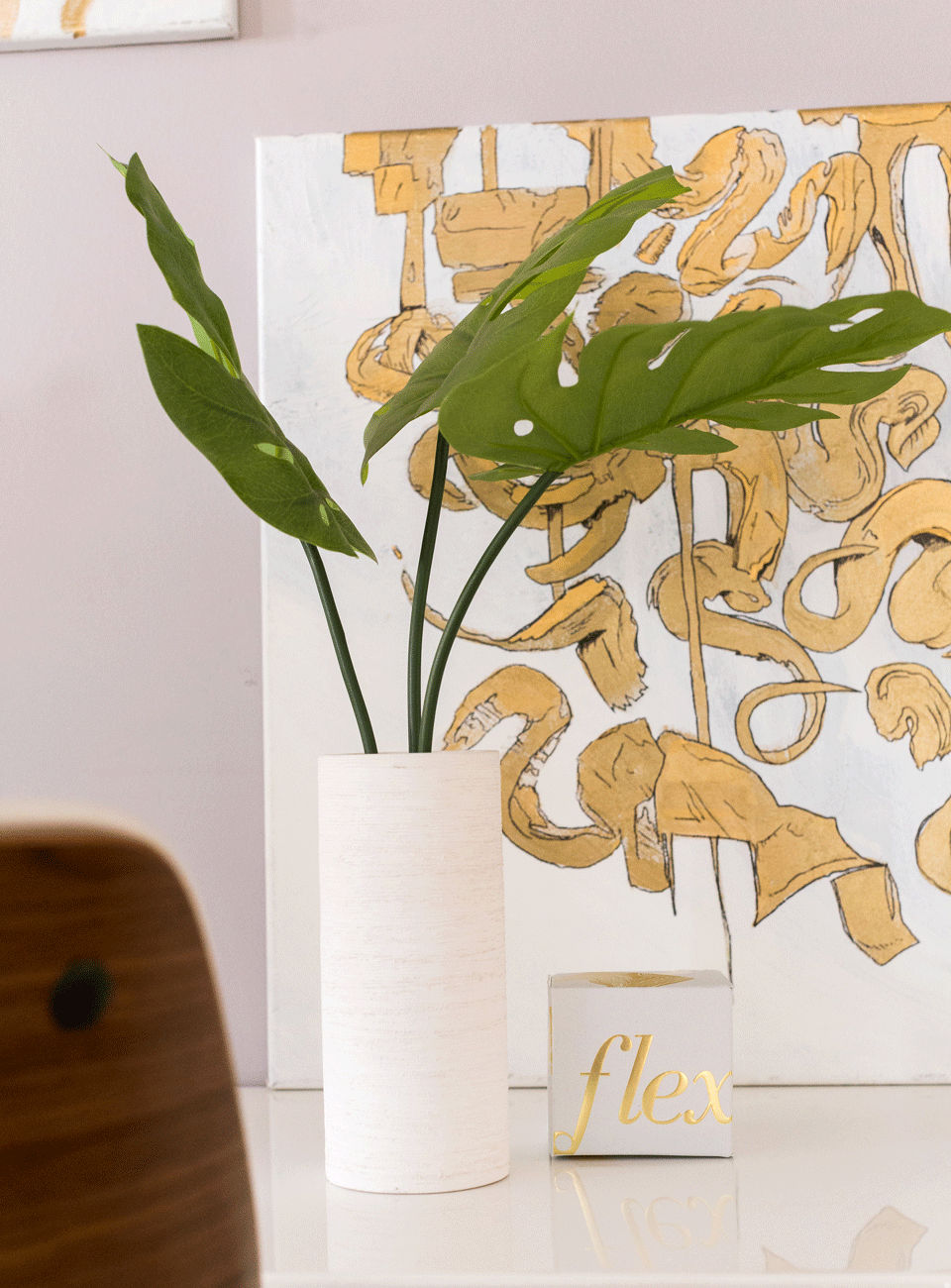I’m a nature person. Just last week, when I was bothered that a tree was cut down along path the team was walking during lunch, one of my co-workers (lovingly) told me that I’m a bit of a “tree freak.”
Which, honestly, is fine. I am. And as a matter of fact, that comment makes me even more proud to be writing an article on why, exactly, it may be better to be a tree freak. Tree freaks are proven to be more productive in the office, studies have shown.
Okay, fine. Studies haven’t shown that. But
it has been proven that having plants in the office results in more productive, less stressed, and
more focused employees. And that’s something we can all get behind.
So, how exactly does this work?
The Background
Back in 1984, scientist Edward O. Wilson introduced a theory in his book
Biophilia, called the "Philosophy of Biophilia". This philosophy, widely used in modern society, states that humans have an innate desire to be connected with other living things—with nature. This inherent affinity to connect with the world around us may be why we're more productive, in overall better spirits, and even have boosts in health when our environments are filled with natural light and natural life (plants).
We already know that having
more natural lighting in the office leads to better well-being for employees.
Researchers at Cornell University found that employees in daylit offices reported more than a 50 percent decrease in headaches, vision problems, and eye strain symptoms—which of course, means those workers are going to be massively more productive. Workers in environments with more daylight are also less drowsy, which means better attention to detail (and possibly even less morning grumpiness.)
What To Do With All That Light
"Green office" spaces have become a fad recently—and it makes sense when you think about why—the benefits are seemingly endless.
Work environments with natural light and plants aren't just aesthetically pleasing—
they're proven to increase employee cognition, productivity, and even decrease the amount of sickness-related absences. And what boss
wouldn't want that?
The definition of a "green" space is open to interpretation, but you don't have to add a waterfall or clear out a wall and replace it with windows to make your office greener. You can start by just adding in a few plants.
I'm not a plant professional (just a normal tree freak)—so I can't give super educated recommendations as far as what kind of plant to get for the office, but the general rules of thumb are that the bigger the leaf, the better it is at cleaning the air (think: surface area)—and you want one that doesn't need a ton of sunlight, and
isn't easy to kill. You can try snake plants,
Boston ferns, rubber plants, or my personal favorite, (because of the name),
the Broadleaf lady palm.














